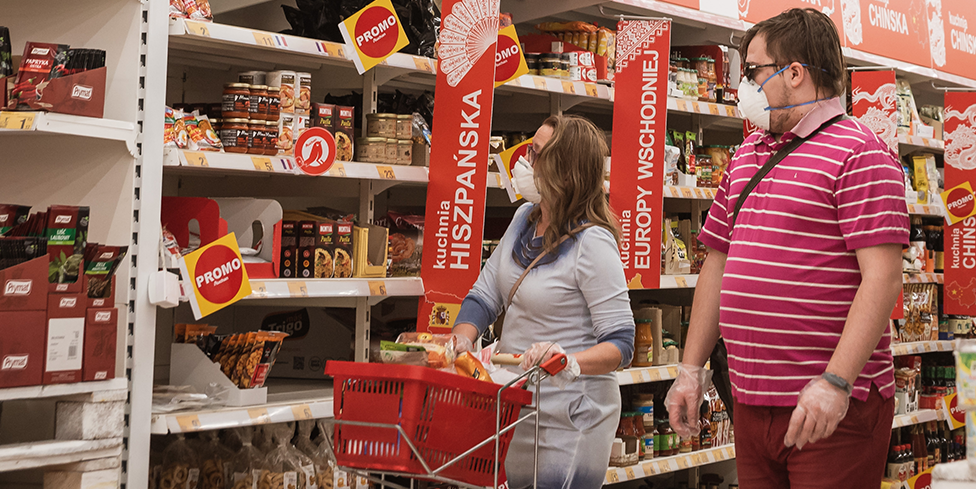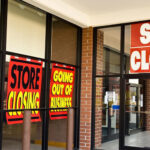With a lesser number of customers allowed in the stores, benchmark being 30 to 40% of original capacity, suddenly the shopping experience has been enhanced. During my last visit to Costco, while there was a huge line-up outside the store, once I walked in, the shopping experience was so relaxed. No ‘trolley traffic’ jams, no winding lines at the checkout counters, customers were browsing along and just shopping efficiently. I actually timed our visit and from going in and coming out with our bi-weekly groceries, we spent around 45 minutes. This is about 10 to 15 minutes less than the time we usually spend before COVID restrictions kicked in. Is my shopping experience more efficient? Has our customer journey changed? If so then in-store merchandising needs to adapt too, immediately.
Merchandising has always been the epi-centre of retailing and in COVID Era it will determine what distinguishes a retailer to this day. The key is how retailers understand the customer journey and adapt as quickly as possible. The key function of a store’s chief merchant is to re-define the merchandise offering by department and in context with an overall NEW store image.
Why is this important?
I read this yesterday and agreed to the narrative. A third of America’s malls will disappear by next year CNBC. Malls were on decline, and it was predicted by 2030, 33% of the Malls will close down. COVID Pandemic has expedited this change by 10 years! There are still about 1,000 malls operating in the U.S. today, according to commercial real estate services firm Green Street Advisors.
So what are the points in the Post Covid Era for the ‘fittest’ stores to survive?
- New Customer Journey: The customers are more focused on ‘executing their grocery list’ rather than browsing for items. The visits are quick, to the point and efficient. There is much more calmness in the store and wait times at check out are all times low. This is the new customer journey. We need to plan new retail merchandising accordingly. Its not adapting, its back to the drawing board for merchandisers.
- Productive Narrative: What is the new norm for each store. It’s not just in-store shopping, its Instacart, curb-side pickup, safety of shoppers, safety of staff and of course revenues. The numbers need to be re-defined, working needs to be done on a lower number of walkins, 50% less, and how through our merchandising activities we can increase the per customers sale? Help recover the sales loss from 50% foot traffic lost.
- Premium Shelf Space: Shelf space and stocking the right products, not losing out due to stock outs or empty spaces. With lesser customers allowed in, sales loss due to this has a multiplier impact. Store management needs to deploy Intelligent data driven action triggers to minimize this loss.
- Data and Action items: Capturing data from premium shelf space and linking it intelligently with key stakeholders with maximum efficiency will determine greater productivity for the store. This needs to be integrated with the supply chain, so all stakeholders are aligned.
- Preventing loss of sales: Empty stores result in loss of sales, by re-thinking and implementing the above steps, retailers can prepare for the post COVID era, and the only way forward is to improve productivity and increase the revenue per walkin by 20 to 30%. New techniques like image recognition integrated with intelligent apps can be a possible solution.
Post COVID Era is not back to normal, but the new normal, rethink and adapt, only the most efficient to survive.
Credits: Forbes.com, CNBC.com










